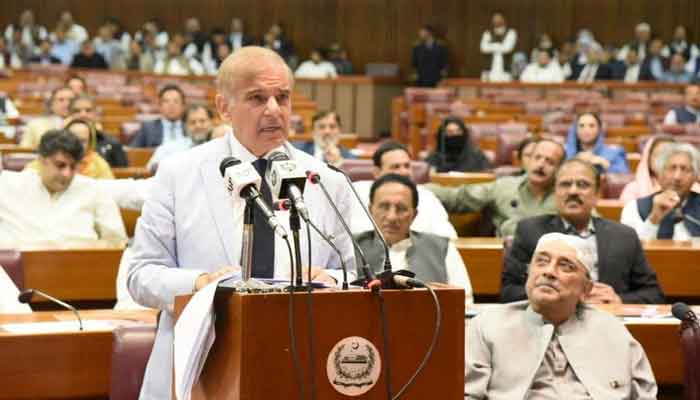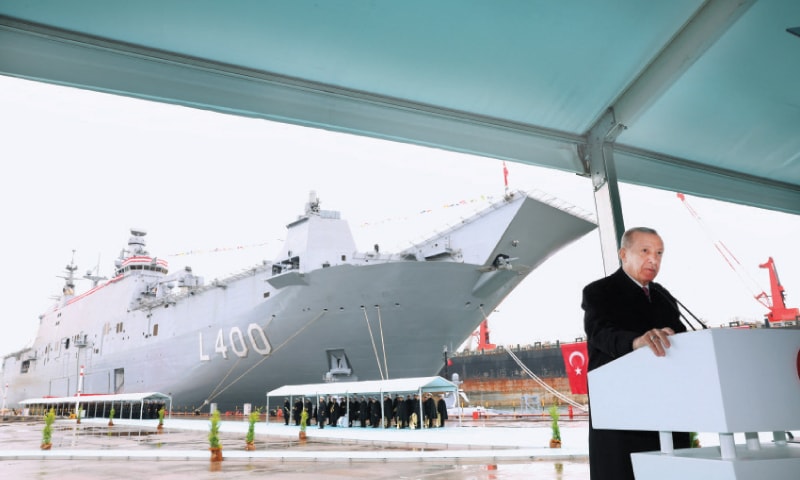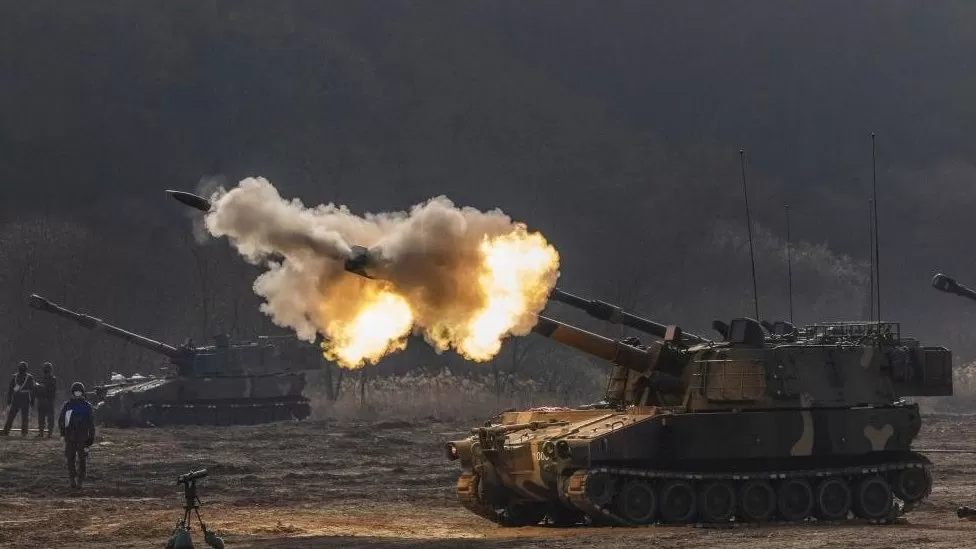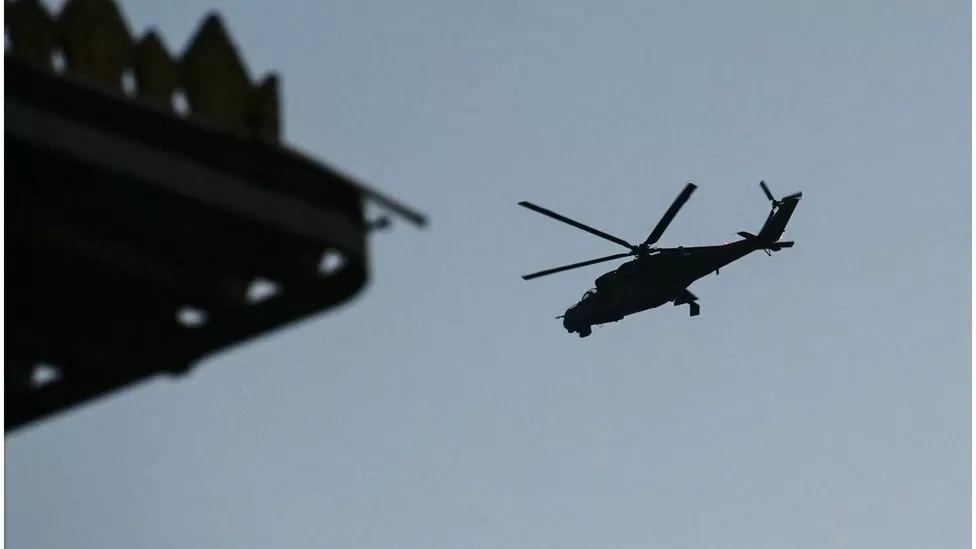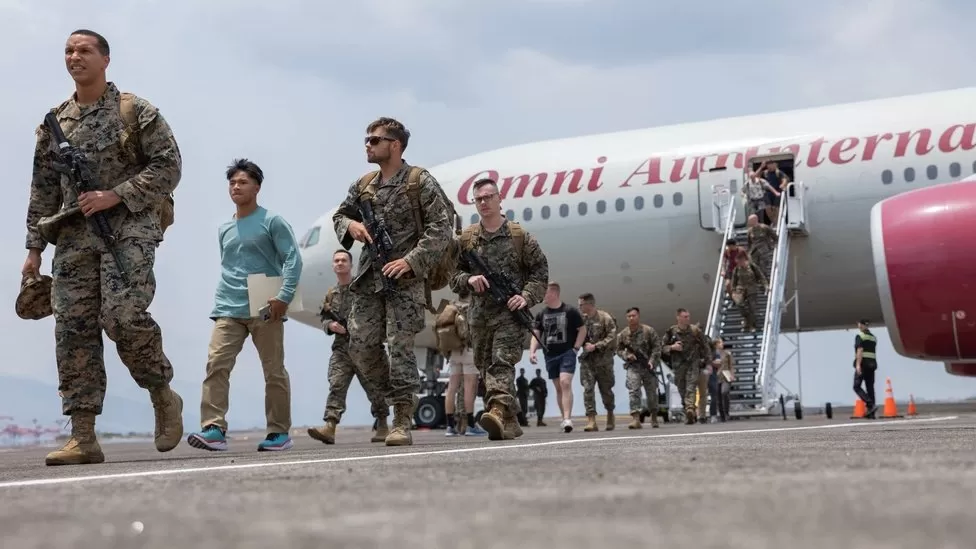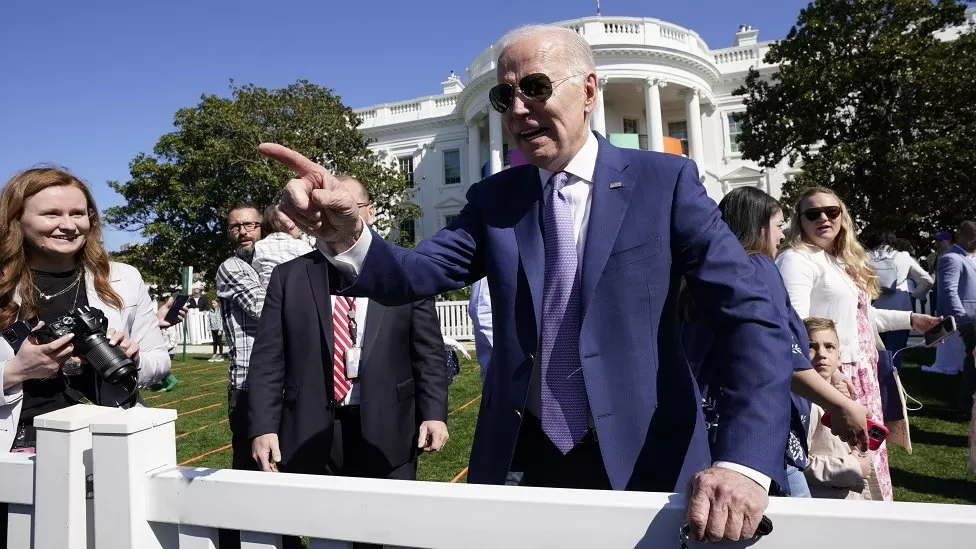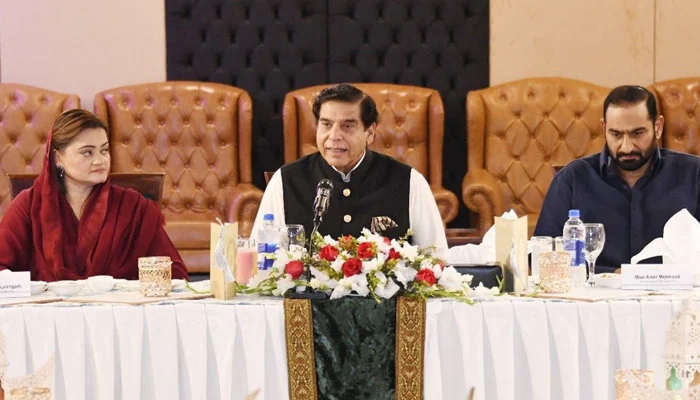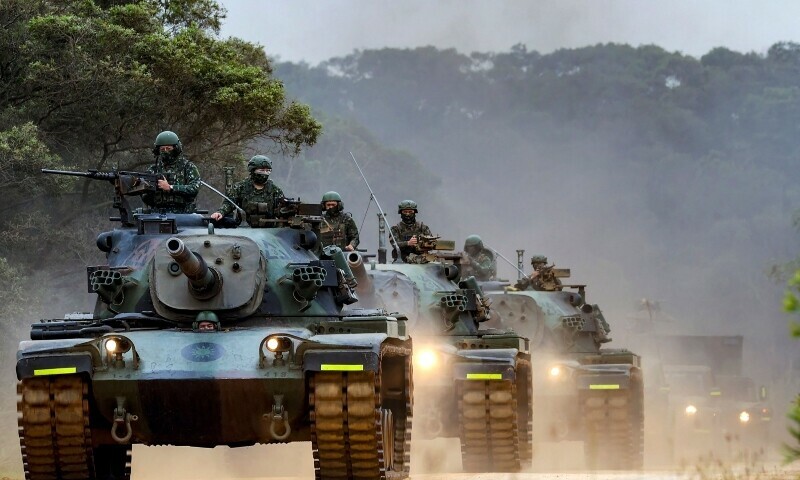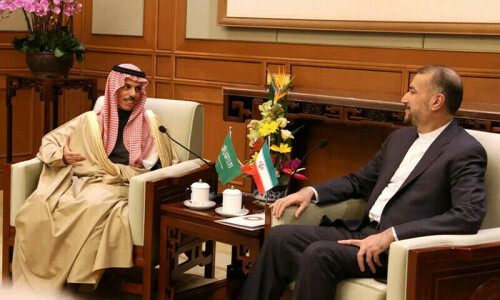ISLAMABAD: Prime Minister Shehbaz Sharif on Tuesday said the completion of the coalition government’s one-year term marked a “successful tenure” that resulted in Pakistan restoring its credibility, and overcoming of the financial and energy challenges.
“I can inform people that over the last year, we have largely succeeded in establishing Pakistan’s credibility as a partner and friend,” he wrote in a Twitter thread.
Sharing the PDM-led government’s scorecard after one year in office, PM Shehbaz said: “Today marks the completion of one year since I took oath as PM of a coalition government. This has been a time of massive challenges and difficulties.
“It was a long journey, but sustained efforts made it possible,” he said.
Recalling the time when a no-confidence motion was passed against former prime minister Imran Khan’s government, the premier said that it was “unprecedented” not because the PDM came into power but because almost all political parties came together to vote out PTI through constitutional means.
“The coming together of political parties with different manifestos for a common national cause represents a major step forward in the country’s political evolution,” said PM Shehbaz, adding that reconciliation and cooperation, instead of confrontation and vendetta marked the new politics post April 2022.
He said despite the economic landmines laid by Imran Khan and the disruptions in global fuel and food supply lines, Pakistan’s economy continued to stay afloat.
“All predictions of default turned out to be false alarms. Sincere efforts are underway to revive the economy,” he said.
PM Shehbaz said the coalition government has been at pains to repair, rebuild and deepen Pakistan’s diplomatic relations that were dealt a severe blow by the “Niazi regime”.
Speaking about the unprecedented floods faced by the country last year, the premier said: “The decisiveness with which the government undertook rescue, relief and rehabilitation efforts, provided social protection to millions of people and mobilised international community has been acknowledged by the world as outstanding.”
He mentioned that the government employed climate diplomacy to present Pakistan’s case on the international stage.
“As Chair of G77 plus China, we were instrumental in the establishment of loss and damage fund. Pledges of US$ 9 billion at Geneva moot are evidence of our successful diplomacy,” he said.
The prime minister said that in one year, the coalition government made efforts to diversify the energy mix with the aim to provide relief to the citizens.
“The renewed focus on solar, hydel, and coal power projects is aimed at replacing the costlier sources of power generation with cheaper ones,” he said.
PM Shehbaz pointed out that inflation hit people hard globally, adding that geo-strategic rivalries, increase in prices of fuel and food commodities and historic floods are some of the key factors responsible for inflation.
“Mindful of its impact, the government has expanded the social safety net and provided targeted subsidies,” he said.
He said under the watch of the PDM government, Pakistan managed to exit the Financial Action Task Force’s (FATF) grey list, thanks to the excellent inter-ministerial coordination as well as support extended by the military leadership.
He said building on the public transport infrastructure, the government, since its inception in April last year, focused on early completion of the development and transport infrastructure projects in Islamabad.
“Idea was to provide ease, comfort and affordable mobility to the people,” he said.


